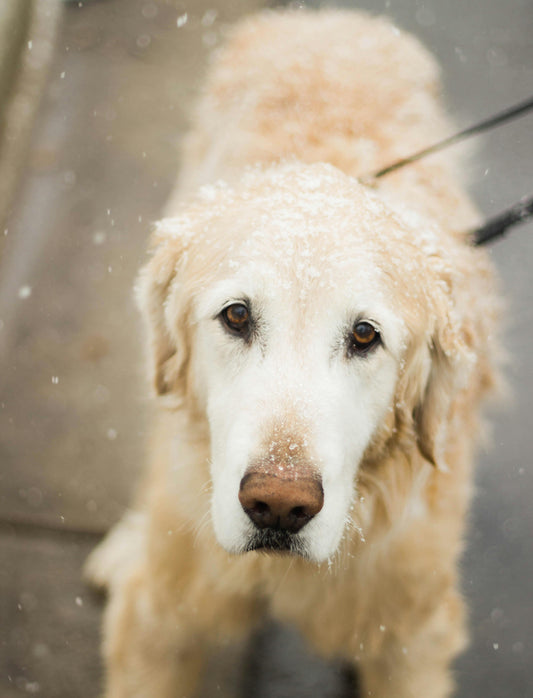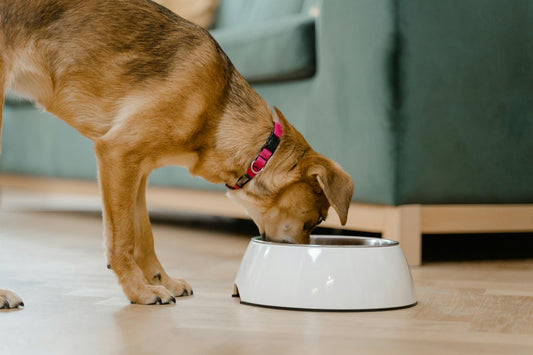Introducing a dog to a swimming pool requires careful supervision and gradual acclimatization. Owners should ensure the pool environment is safe, with easy access points for dogs to enter and exit.
Furthermore, pet owners should be aware of the potential health risks associated with chlorine and other chemicals in pool water. Keeping these factors in mind will make swimming enjoyable for everyone involved.
Safety Considerations for Dogs in Pools
Ensuring a dog’s safety in swimming pools requires a thoughtful assessment of their breed, health, and surrounding environment. Different dogs have varying swimming abilities and health considerations that can affect their safety when near water.
Understanding Dog Breeds and Swimming Capabilities
Certain breeds are naturally better swimmers than others. For instance, Retriever breeds, like Golden Retrievers and Labrador Retrievers, often enjoy water and swim well. In contrast, some breeds, such as Bulldogs and Pugs, may struggle due to body structure.
Key Considerations:
- Swimming Ability: Assess whether the dog enjoys water and can swim.
- Physical Features: Short legs, heavy bodies, or flat faces indicate potential difficulties in swimming.
Assessing a dog's comfort level with water before allowing them in the pool is crucial. It's advisable for owners to be present and observe their dog’s paddling ability and willingness to enter the water.
Assessing a Dog's Health Before Swimming
A dog’s health significantly influences its swimming capabilities. Owners should evaluate their pet’s fitness level, age, and any underlying conditions.
Health Factors to Consider:
- Age: Older dogs may have less stamina and require monitoring.
- Medical Conditions: Conditions like arthritis or obesity can impair movement and swimming ability.
Before introducing a dog to the pool, consult with a veterinarian to ensure that swimming is safe. Ensuring the dog is physically fit can prevent potential accidents and promote a positive experience.
Drowning Risks and Preventative Measures
Drowning is a significant risk for dogs, particularly in unfamiliar environments. Owners must take proactive steps to minimize these risks.
Preventative Measures:
- Supervision: Always supervise dogs while they are swimming.
- Safety Gear: Consider using a life vest for dogs, especially those not proficient in swimming.
Additionally, teaching dogs to exit the pool safely can reduce drowning incidents. Installing ramps or ladders can provide an easy escape route. Regularly inspect the pool area for hazards, such as slippery surfaces, to maintain a safe environment.
Training Your Dog for the Pool
Training a dog to enjoy time in the pool involves a few essential steps. Gradually introducing water, using floatation devices, and teaching commands will help create a positive experience for the dog. Each element plays a crucial role in building a safe and enjoyable swimming routine.
Introducing Your Dog to Water Gradually
Start by letting the dog explore water in a controlled environment. Begin with shallow water, allowing it to enter at its own pace. Use positive reinforcement like treats and praise to create a sense of security.
Once the dog is comfortable in shallow water, gradually increase the depth, ensuring it feels safe. Pay attention to body language; signs of discomfort should prompt a return to shallower areas. Short sessions facilitate acclimatization.
Social interactions with other pool-loving dogs can also encourage confidence. Ensure that the dog's first experiences are positive, as this is vital for developing a love for swimming.
Using Floatation Devices for Dogs
Consider using a floatation device designed for dogs, especially for those not accustomed to swimming. These devices help prevent fatigue and increase confidence in the water. Choose one that fits snugly but allows for movement.
Introduce the floatation device on dry land first. Allow the dog to wear it and earn rewards for doing so without fuss. Then, gradually transition to the water, allowing the dog to wear the device while splashing around.
It’s essential to supervise closely during this stage. Some dogs may instinctively know how to swim, while others might need time to adjust to the feeling of buoyancy.
Commands and Exit Strategies
Teach specific commands related to water safety. “Swim” can signal the dog to enter the water, while “out” indicates it should exit. Consistent practice allows the dog to understand these cues effectively.
Using a leash during initial training helps maintain control. Show them where they can safely enter and exit the pool. Praise and rewards reinforce the behavior, enabling the dog to feel more secure during water activities.
Practice these commands regularly both in and out of the pool. This will help the dog associate them with the action of swimming and getting out safely.
Pool Maintenance and Hygiene
Maintaining cleanliness and hygiene in a swimming pool that allows dogs is crucial for health and safety. This involves managing hair and debris, ensuring water quality, and controlling contaminants specific to pets.
Managing Dog Hair and Cleaning Filters
Dog hair can quickly accumulate in pools, leading to clogged filters and reduced water circulation. Regular skimming of the surface with a net is essential to remove floating hair and debris promptly.
Filter maintenance should occur weekly, including rinsing or backwashing depending on the filter type. In addition, a lint or hair-catching sock can be placed over the skimmer basket to trap additional pet hair.
Scheduling frequent vacuuming sessions can help keep the pool floor clean. Investing in a pool vacuum designed for pet hair can improve efficiency significantly.
Water Quality and Chemical Balance
Maintaining proper water quality is vital for both dogs and humans. Chlorine levels should be regularly tested to ensure they are within a safe range, typically between 1-3 ppm.
pH levels also require monitoring, aiming for a range of 7.2-7.8 to avoid skin irritation for pets. Periodic water testing kits can help gather accurate readings.
Adding algaecide can support cleaner water, but should be safe for pets. Maintaining a consistent cleaning schedule and regularly shocking the pool will prevent contamination, ensuring a safe swimming environment.
Controlling Pet-related Contaminants
Dogs can introduce various contaminants into the pool, such as bacteria and parasites. To mitigate this, owners should ensure their pets are clean before swimming by rinsing them off to remove dirt and debris.
Additionally, encouraging bathroom breaks outside the pool area can reduce contamination risks. Using products designed to neutralize pet odors and bacteria can also help maintain hygiene.
Regularly inspecting the pool for any signs of contamination, such as cloudiness or unusual smells, allows for prompt action. Implementing these practices fosters a healthier swimming environment for both pets and their owners.








